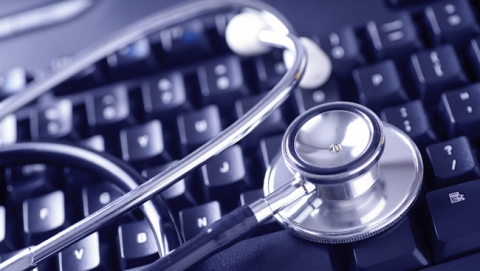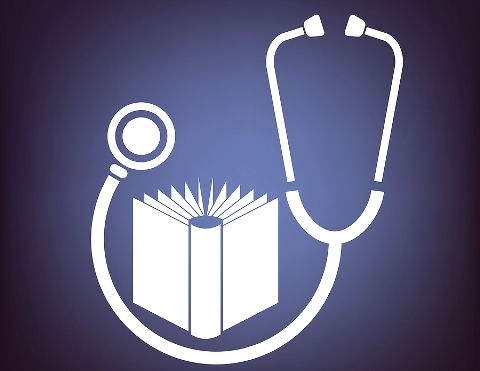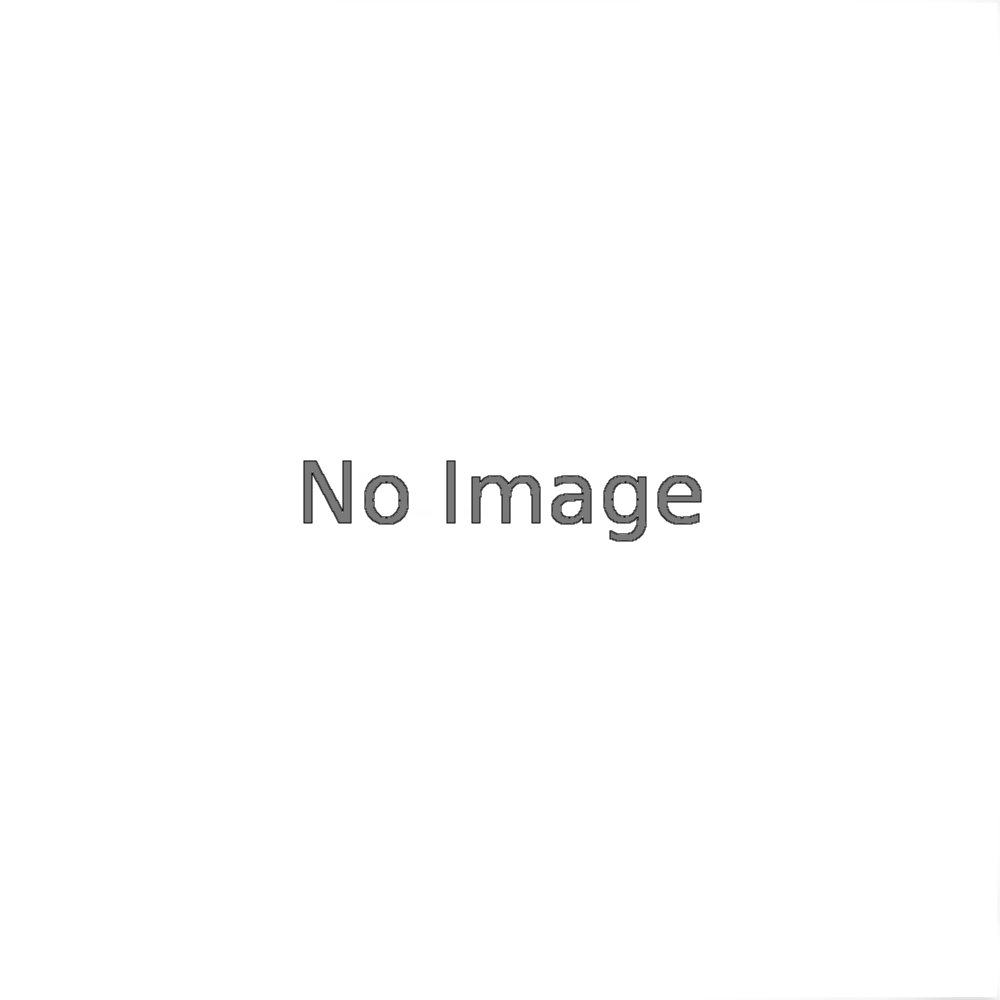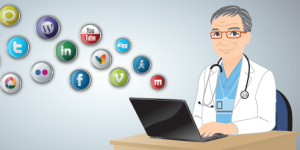
ICTpost Health IT Bureau
Information and communication technologies (ICTs) have great potential to address some of the challenges faced by both developed and developing countries in providing accessible, cost effective, high-quality health care services. Telemedicine uses ICTs to overcome geographical barriers, and increase access to health care services. This is particularly beneficial for rural and underserved communities in developing countries groups that traditionally suffer from lack of access to health care.
With the widespread expansion of broadband technology, telemedicine is becoming an incredibly effective solution that is providing a new alternative to improve our current health care landscape. Hundreds of applications have already been developed, and countries that have passed telehealth legislation are realizing many of the benefits.
Emerging Tech Trends
Bluetooth pills
This is a technology currently being developed by among others, Novartis AG Sweden. It involved an Ingestible Event Marker (IEM) which can be incorporated into pill capsules and our activated by ingestion upon contact with stomach acids. Biometric data is then generated, including heart rate, body temperature and movements, and received by a dermal patch via Bluetooth connection. The technology can be used to examine the effectiveness of the administrated drug and help physician form better patient treatment plans.
Telepharmacy
Telepharmacy is a growing service in medically underserved rural communities and can provide a nighttime service to community hospitals. Patient safety improves when telepharmacy services backstop clinicians in rural hospitals when their pharmacists are not on the premises, according to a new study. In a baseline sample, 30% of hospitalized patients had one or more errors in medications ordered after hours.
Mobile Health Clinics
This includes technology such as the eDoc Telemedicine/EHR system which is a rolling workstation, including a PC, blue tooth and video technologies, that supports multiple party live streaming video conferencing, store and forward technology and makes information at the point of care.
Real-Time Remote Medical Diagnosis System (RTRMDS)
Rather than specifically focusing on patient interaction, this technology is the application of radio-diagnosis, where medical information is transferred real-time via high-speed internet connection to get expert opinion without delay. Using this technology, technicians can use CT scans, MRIs and ECHOs and be supervised by a remote medical expert. This obviously has implications for drug prescription, earlier disease detection and intervention, as well as patient outcomes.
As public and private sectors engage in closer collaboration and become increasingly interdependent in eHealth applications, care must be taken to ensure that telemedicine will be deployed intelligently to maximize health services and optimal quality and guarantee that for-profit endeavours do not deprive citizens access to fundamental public health services.
In all countries, issues pertaining to confidentiality, dignity, and privacy are of ethical concern with respect to the use of ICTs in telemedicine. It is imperative that telemedicine be implemented equitably and to the highest ethical standards, to maintain the dignity of all individuals and ensure that differences in education, language, geographic location, physical and mental ability, age, and sex will not lead to marginalization of care.







